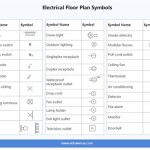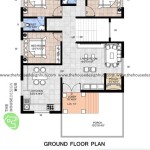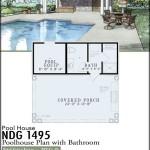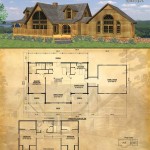Essential Aspects of House Extension Floor Plans
Embarking on a home extension project is an exciting endeavor that can transform your living space and enhance your lifestyle. A well-planned floor plan is the cornerstone of a successful extension, ensuring that the new addition seamlessly integrates with your existing home while meeting your specific needs.
1. Determine Your Requirements
Begin by carefully considering your reasons for extending your home. Do you need more bedrooms, a larger kitchen, or additional living space? Identify the functional requirements of the extension and translate them into a clear brief that will guide the design process.
2. Explore Space Planning Options
There are various space planning options available for house extensions. Single-story extensions expand the ground floor, while double-story extensions add both ground and upper floor space. L-shaped and wraparound extensions maximize the use of available land and provide additional privacy.
3. Optimize Natural Light
Incorporate large windows and skylights into your extension design to maximize natural light. This not only creates a brighter and more inviting space but also reduces energy consumption. Consider the orientation of your extension to take advantage of natural light throughout the day.
4. Ensure Efficient Flow
The flow of traffic through your home should be seamless, with natural transitions between the old and new spaces. Avoid creating dead-end areas or awkward corners. Use open-plan layouts to encourage a sense of spaciousness and improve connectivity.
5. Consider Storage and Utility
In addition to creating living spaces, your extension should provide ample storage and utility areas. Built-in wardrobes, cupboards, and shelves maximize storage capacity while keeping clutter at bay. Consider including a utility room for laundry, appliances, and additional storage.
6. Respect the Existing Home
The extension should complement the existing home's architectural style and character. Use materials and finishes that harmonize with the original building while incorporating modern elements to create a cohesive and contemporary look.
7. Seek Professional Advice
Consult with an experienced architect or designer to ensure your house extension floor plan is well-conceived and meets building regulations. These professionals can provide valuable guidance on space planning, materials selection, and cost-effective construction.
Conclusion
Creating a functional and aesthetically pleasing house extension floor plan requires careful planning and attention to detail. By considering your requirements, exploring space planning options, optimizing natural light, ensuring efficient flow, providing ample storage, respecting the existing home, and seeking professional advice, you can transform your house into the dream home you envision.

Extension Floor Plans Renovating The Broadway

27 Floor Plans Ideas House Extension Extensions

Help Happy With The Extension Floor Plan But Not Sure About Exterior Houzz Au

Extension But Lose Garage Conservatory Pic Page 1 Homes Gardens And Diy Pistonheads

House Extension Advice Sigma Homes Design Builders Cork

House Extensions For The Brisbane Entertainer Seq Building Design

Example Two Y House Extension Plans Gold Coast

House Extension Advice Sigma Homes Design Builders Cork

Extension Post 1 The Plans

Our Home Extension Plans Part Two Floor Design








